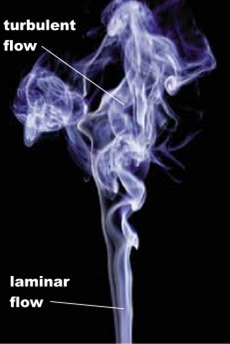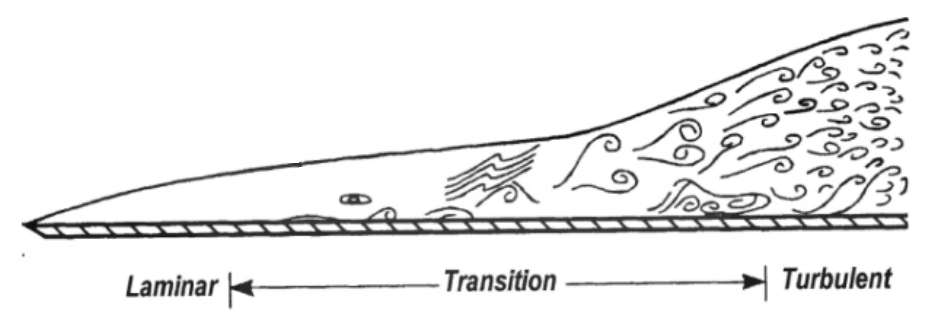Introduction
The goal of my thesis topic was to create a better way to predict drag on an aircraft using a computer. If you can accurately and quickly simulate drag, you can create more efficient aircraft. You can do faster design iterations, learning from your mistakes and design shapes to better control the air flow. Once you have a more efficient airplane, you burn less fuel – leading to reduced operational costs and fewer greenhouse gases.
Motivation
The following are a list of important facts about the aviation industry:
- the global fuel bill for all the world’s airlines is $180 billion US dollars [1]
- fuel costs account for 25% of an airline’s operating expenses [1]
- airplanes emit 2-3% of all carbon dioxide but their effects on the atmosphere may be greater due to the higher altitudes they fly at [2]
- aircraft traffic is increasing while new airplanes are not getting significantly more efficient [3]
- new designs do not have wind-tunnel data and can be better studied computationally
Laminar, Transitional and Turbulent Flow
In general air flow has three regimes: laminar, transition and turbulent flow. Laminar flow is “smooth” and can be visualized as many thin sheet moving together. Turbulent flow is chaotic, messy and contains a bunch of vorticies, eddies and circulating flow. Transitional flow is a mixture between laminar and turbulent.

Most flow is turbulent as laminar flow is unstable. Laminar flow is “clean” and creates less drag on streamlined objects while the “messy” turbulent flow creates more. When designing airplanes we want as much of the flow laminar as possible to reduce drag.
γ − Reθt Transition Model
Results
Conclusions
Resources
[1] https://www.iata.org/pressroom/facts_figures/fact_sheets/Documents/fact-sheet-fuel.pdf
[2] J. E. Penner, D. H. Lister, D. J. Griggs, D. J. Dokken, and M. McFarland.
IPCC special report: Aviation and the global atmosphere. Technical report,
Intergovernmental Panel on Climate Change, 1999
[3] http://data.worldbank.org/indicator/IS.AIR.PSGR
Final Thesis in pdf
